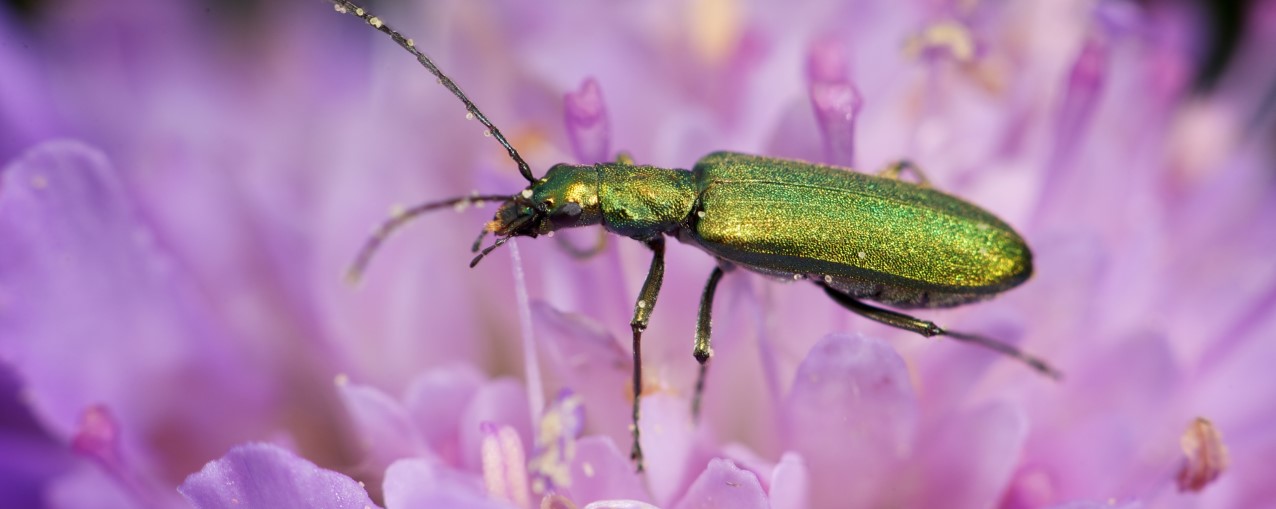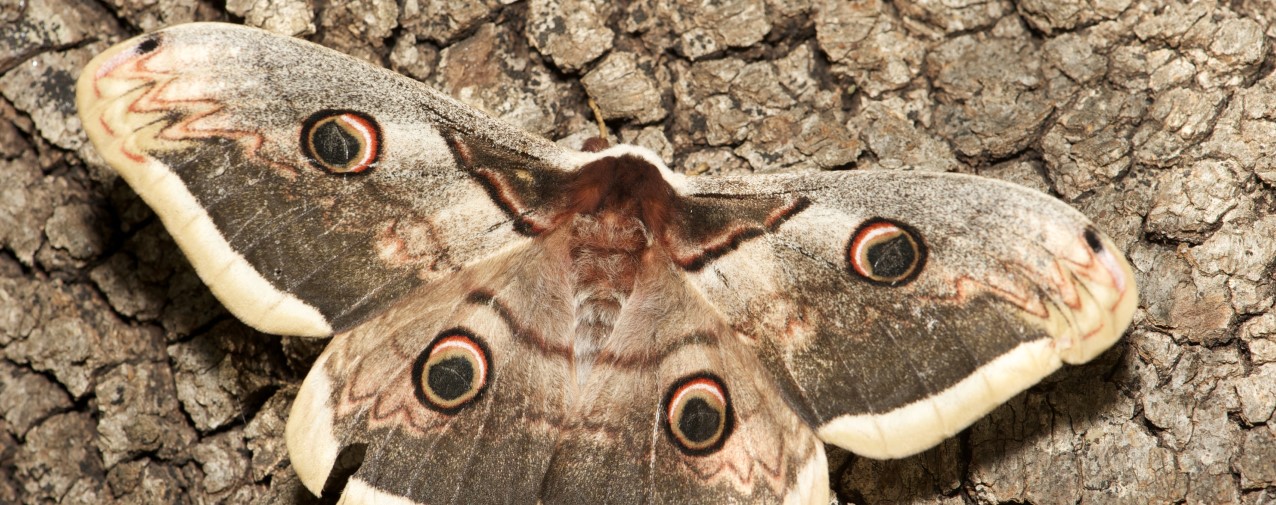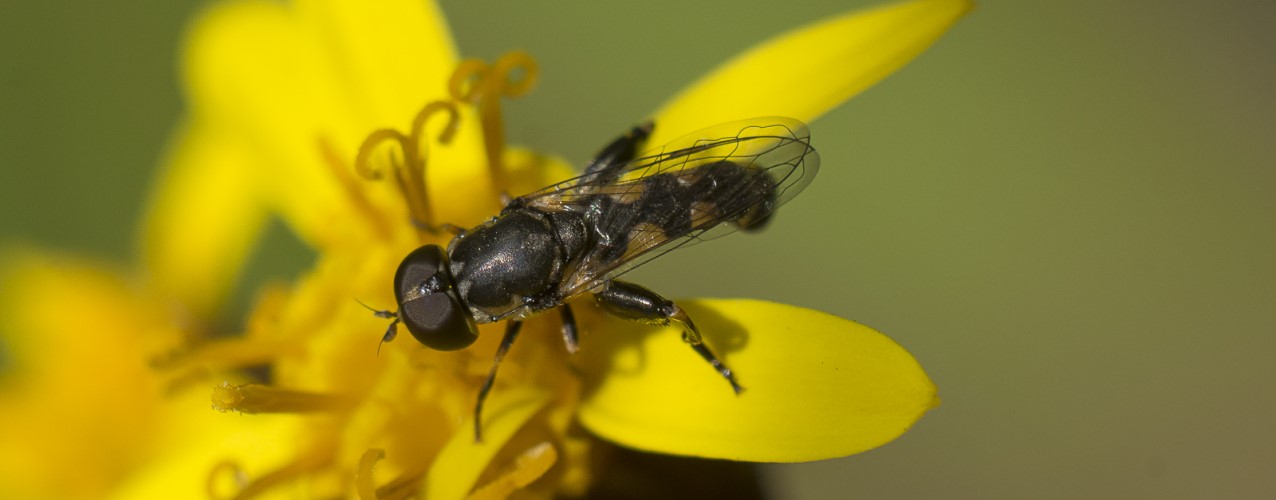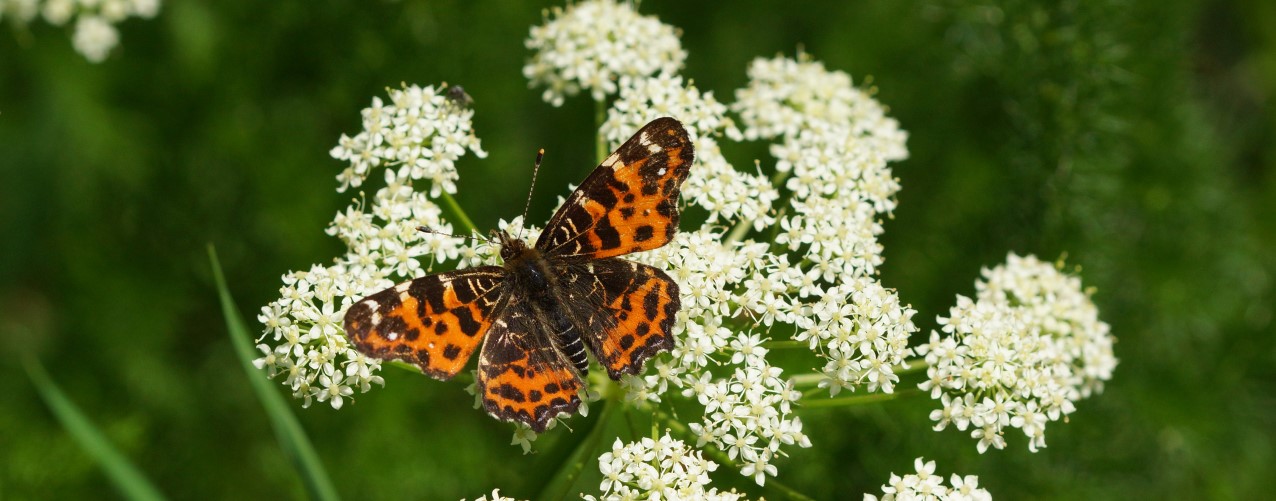SPRING: Strengthening Pollinator Recovery through INdicators and monitorinG
This page provides a summary of the EU funded SPRING project which started in May 2021 and will run until November 2023. The project will support preparation for the implementation of the EU Pollinator Monitoring Scheme (EU PoMS) for wild bees, butterflies, hoverflies and moths using volunteer and professional recorders, building on the work of the ABLE project on citizen science butterfly monitoring.
The Core Scheme of SPRING project will include:
Expanding the European Butterfly Monitoring Scheme (eBMS) by creating new schemes in 6 EU countries: Denmark, Greece, Latvia, Lithuania, Slovakia and Romania. This will achieve complete coverage of eBMS partnerships in all EU Member States. It will also provide ongoing support to the 10 national schemes that were set up under the ABLE project. Butterfly monitoring uses standardised transects and is mostly carried out by trained volunteers as a form of citizen science.
Building up the capacity of citizen science networks on pollinators across Europe. Some EU countries have a strong baseline of citizen science whereas other countries, particularly in southern and eastern Europe currently have very little citizen science capability. The project will recruit and train more coordinators and volunteers across Europe who are willing to collect data on butterflies, moths, wild bees and hoverflies from the field and report it to the newly developed online database.
Organising advanced taxonomic training to the next generation of taxonomists in Europe, with a focus on wild bees and hoverflies. The aim is to achieve a minimum expert capacity in each EU Member State that can deliver the EU Pollinator Monitoring Scheme (EU PoMS). The experts will be capable of identifying most specimens to species level, with support from the established advanced taxonomy institutes for the remainder of the specimens.
Piloting a Minimum Viable Scheme (MVS) for wild bees, butterflies and hoverflies by monitoring at a small number of sites in every EU Member State, using standardised transects walked by professionals and volunteers. Wild bees and hoverflies will also be monitored by professionals using pan traps.
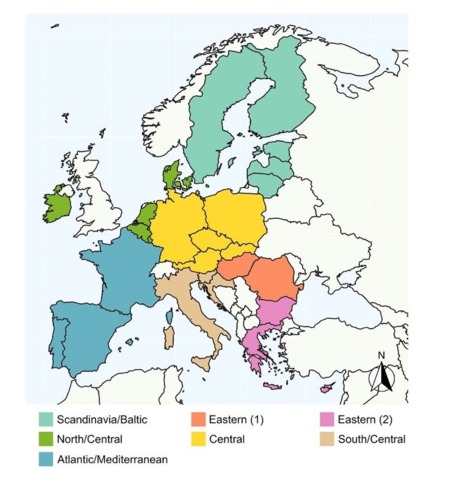 Monitoring rare and threatened species by professionals using a variety of species-specific methods.
Monitoring rare and threatened species by professionals using a variety of species-specific methods.
Monitoring moths by volunteers using light traps.
To ensure representative coverage across all biogeographical zones, Europe has been divided into 7 regions with the lead country shown in bold (see map):
- Region 1. Scandinavia/Baltic: Sweden, Lithuania, Latvia, Finland, Estonia
- Region 2. Eastern 1. Hungary, Romania
- Region 3. Eastern 2. Greece, Bulgaria, Cyprus
- Region 4. Atlantic/Mediterranean. Spain, France, Portugal
- Region 5. North/Central. Netherlands, Belgium, Denmark, Ireland, Luxembourg.
- Region 6. Central. Germany, Czech Republic, Austria, Poland, Slovakia
- Region 7. South/Central. Italy, Croatia, Malta, Slovenia
As well as the Core Scheme, the SPRING project will include 3 additional modules:
- Pollination services will be measured directly by professionals.
- Flower visits will be monitored by volunteers using timed counts.
- Wider insect biodiversity will be measured by professionals using malaise traps.
The SPRING project is funded by a service contract from the European Union Directorate General for the Environment. The project report will make recommendations for establishing a scientifically robust and sustainable EU Pollinator Monitoring Scheme (EU-PoMS) that will provide a series of indicators, capable of detecting any significant changes in the abundance of pollinators across the whole of the EU.
The SPRING project is led by the Helmholtz Centre for Environmental Research (UFZ, Germany), working with an increasing number of partners: at the start these were: the Université Libre de Bruxelles (Belgium), the University of Mons (Belgium), the University of Helsinki (Finland), the Finnish Museum of Natural History (LUOMUS, Finland), the Senckenberg Research Institute (Germany), the University of The Aegean (Greece), the Centre for Ecological Research (CER, Hungary), the Council for Agricultural Research and Economics - Research Centre for Agriculture and Environment (CREA-AA, Italy), the Naturalis Biodiversity Centre (Netherlands), the European Invertebrate Survey (EIS, Netherlands), the University of Novi Sad (Serbia), the Ecological and Forestry Application Research Centre (CREAF, SPAIN), the University of Alicante (Spain), Lund University (Sweden), the UK Centre for Ecology and Hydrology (UKCEH, UK), the University of Reading (UK), Butterfly Conservation Europe (BCE), Dutch Butterfly Conservation, and Butterfly Conservation (UK).

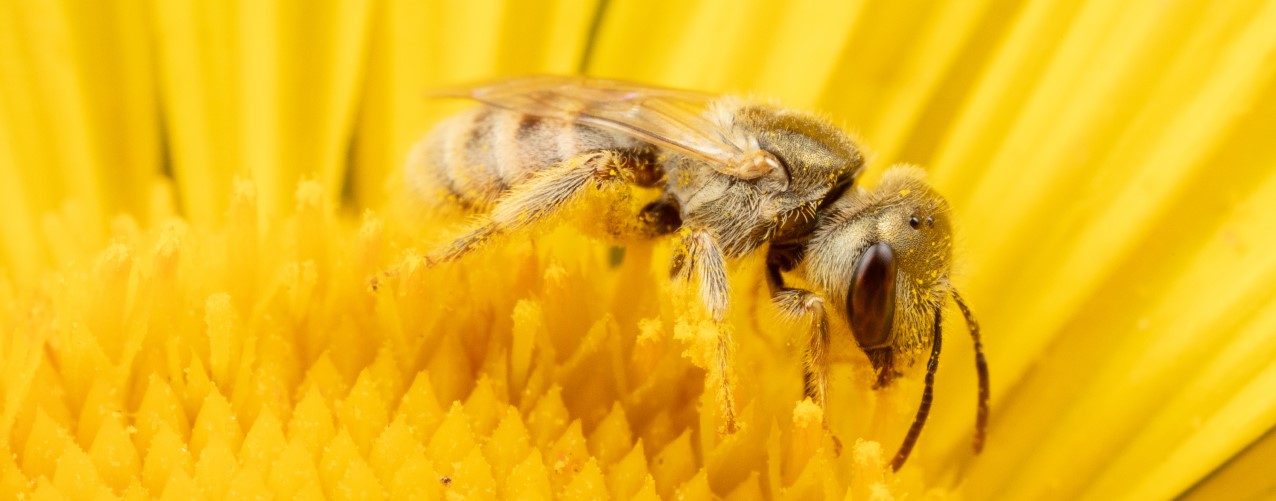


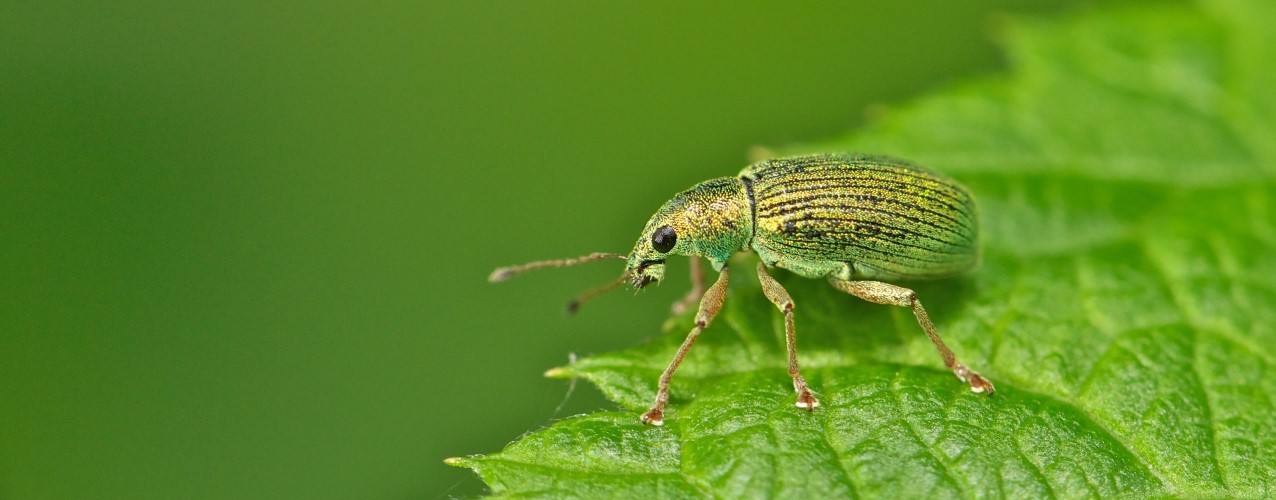
.png)


